Snow grooming is essential for creating safe and consistent surfaces in terrain parks. Here’s why it matters:
- Safety: Grooming eliminates uneven snow, reducing falls and unexpected catches.
- Performance: Smooth, compacted snow ensures reliable takeoffs and landings for skiers, snowboarders, and Snowfeet users.
- Maintenance: Regular grooming keeps jumps, rails, and boxes in top condition by addressing wear and adapting to weather changes.
For Snowfeet users, deeper tiller passes at takeoffs (1–2 inches) are critical to accommodate their shorter edges, ensuring stability on jumps and rails.
Ride Along with a SnowCat Operator | Terrain Park Rebuild
Snow Grooming Methods for Parks
After addressing safety and performance essentials, grooming terrain parks involves three main techniques: primary packing, feature shaping, and finish smoothing. These methods ensure jumps, rails, and boxes are well-prepared for consistent use and reliability.
Park Feature Maintenance
After the initial packing and shaping, daily maintenance ensures jumps, rails, and boxes stay in top condition.
Keeping Features in Shape
Start each day by inspecting every feature. Use a shovel to fill in any divots on jump lips and landing zones. For rails, hand-groom the bases with a metal scraper, then use a tamper to pack the edges for clean, sharp lips. These small daily adjustments work alongside the initial packing and smoothing to keep the park ready for action.
Grooming for Different Equipment
Different gear handles groomed snow in its own way. For example, shorter equipment like Snowfeet Mini Ski Skates requires extra attention. To prevent nose-dives, compact the snow more at takeoffs by making an additional pass with the groomer's tiller lowered by 1–2 inches [1][2].
sbb-itb-17ade95
Year-Round Park Maintenance
Maintenance Schedule
Groomers work hard to keep the park in top shape, starting before opening and continuing after closing. During busy times, they focus on extra passes over jump landings and rail approaches to ensure everything stays smooth and safe.
Weekly passes help reinforce compacted snow and maintain the stability of features. Each month, snow depth is measured, and thin spots are patched. As the weather warms in spring, features are firmed up and reshaped early in the day to handle the midday softening.
Weather Response Plan
Grooming schedules adapt to changing weather conditions to keep the park in great condition:
- Heavy snowfall: Groom more frequently to keep landings and features clear.
- Freeze-thaw cycles: Focus on early-morning grooming when the snow is firmer.
- High visitor days: Add extra grooming passes to maintain consistency in heavily used areas.
- Warm spring days: Groom during the coolest hours to reduce slush and preserve feature shapes.
Fixing Worn Features
Regular inspections help identify problem areas like soft spots or erosion in landing zones, jump faces, and rail or box approaches. Worn areas are rebuilt by adding fresh snow, packing it tightly, and reshaping transitions. Unevenly compacted feature bases are smoothed out with targeted grooming passes to restore their shape.
Next, we'll look at how grooming techniques differ for Snowfeet short skis compared to standard park equipment.
Short Skis vs Standard Equipment
Let's look at how grooming affects Snowfeet short skis compared to traditional skis and snowboards.
Performance Comparison
Snowfeet combine elements of skiing and skating, offering quick movements and impressive speed on groomed trails. Their sharp edge control and ability to make tight turns make them a great fit for park features. These characteristics require tailored grooming adjustments for optimal performance [1].
Movement and Control
Many users highlight Snowfeet's lightweight design and simplicity. They often report mastering small jumps by their second run, thanks to the equipment's ease of use [1].
Equipment-Specific Grooming
For Snowfeet, adjust the groomer's tiller depth by 1–2 inches at jump takeoffs. This tweak accommodates their shorter edges, ensuring stable and secure launches on jumps and rails [1].
Conclusion
Keeping snow parks in top shape ensures safer, more predictable features for skiers and snowboarders, including those using short skis. Consistency in snow density and feature shape is key to maintaining stability and control for all riders.
For short skis, deeper tiller passes at jump takeoffs are essential. These adjustments help offset the shorter edge length, ensuring better balance for riders. These refinements build on the core techniques of packing, shaping, and smoothing already discussed.
Stick to regular maintenance schedules, adapt grooming practices based on weather, and fine-tune equipment settings to ensure every park feature stays ready for action.

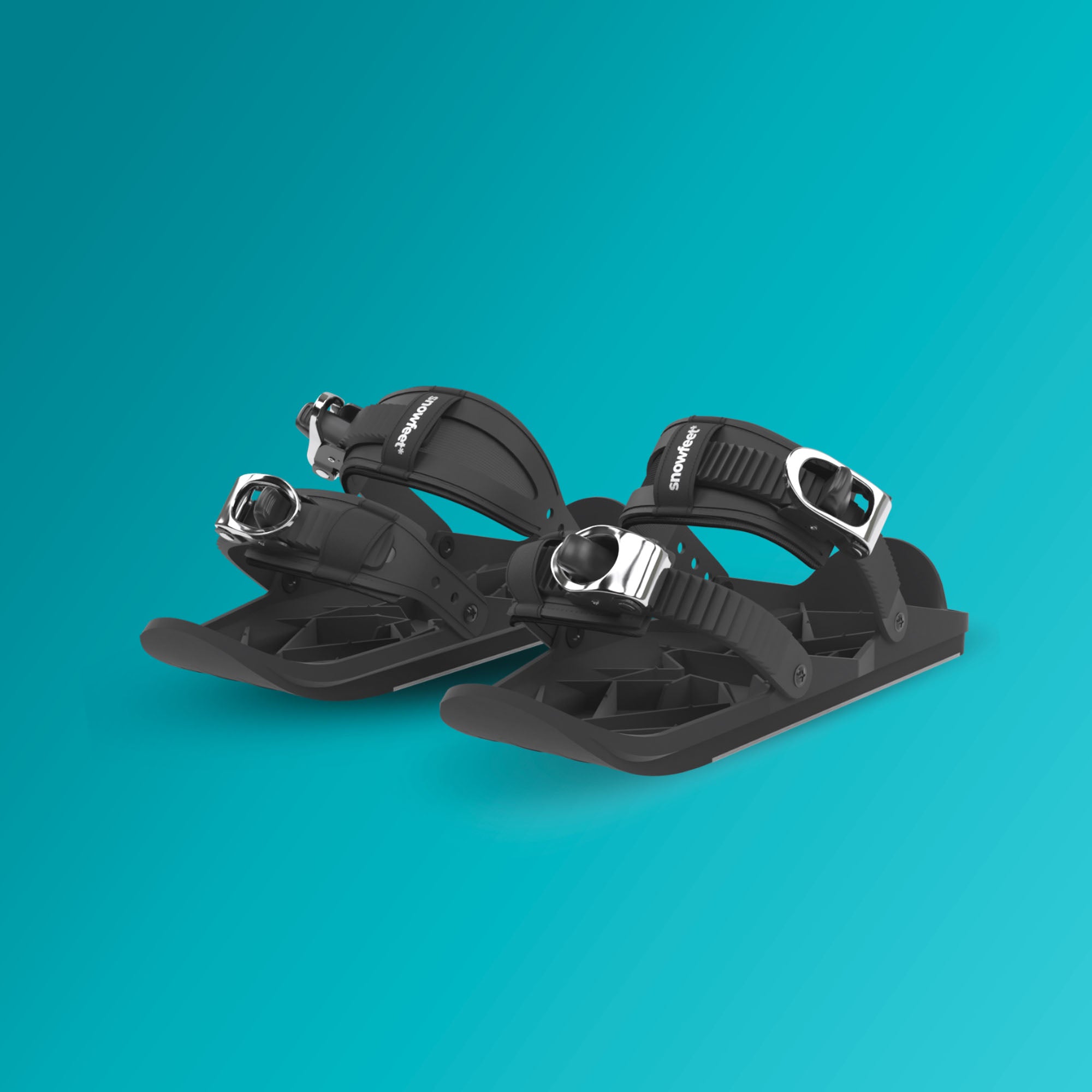


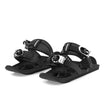
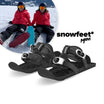

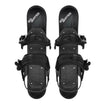


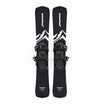
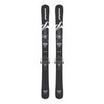
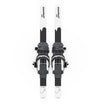
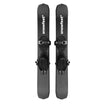
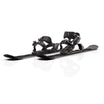
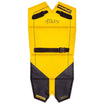

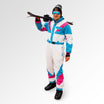
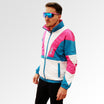
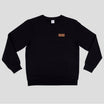
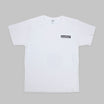
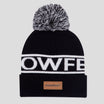
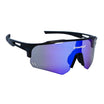
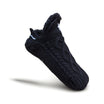
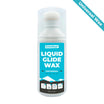
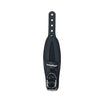
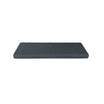
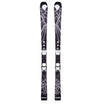




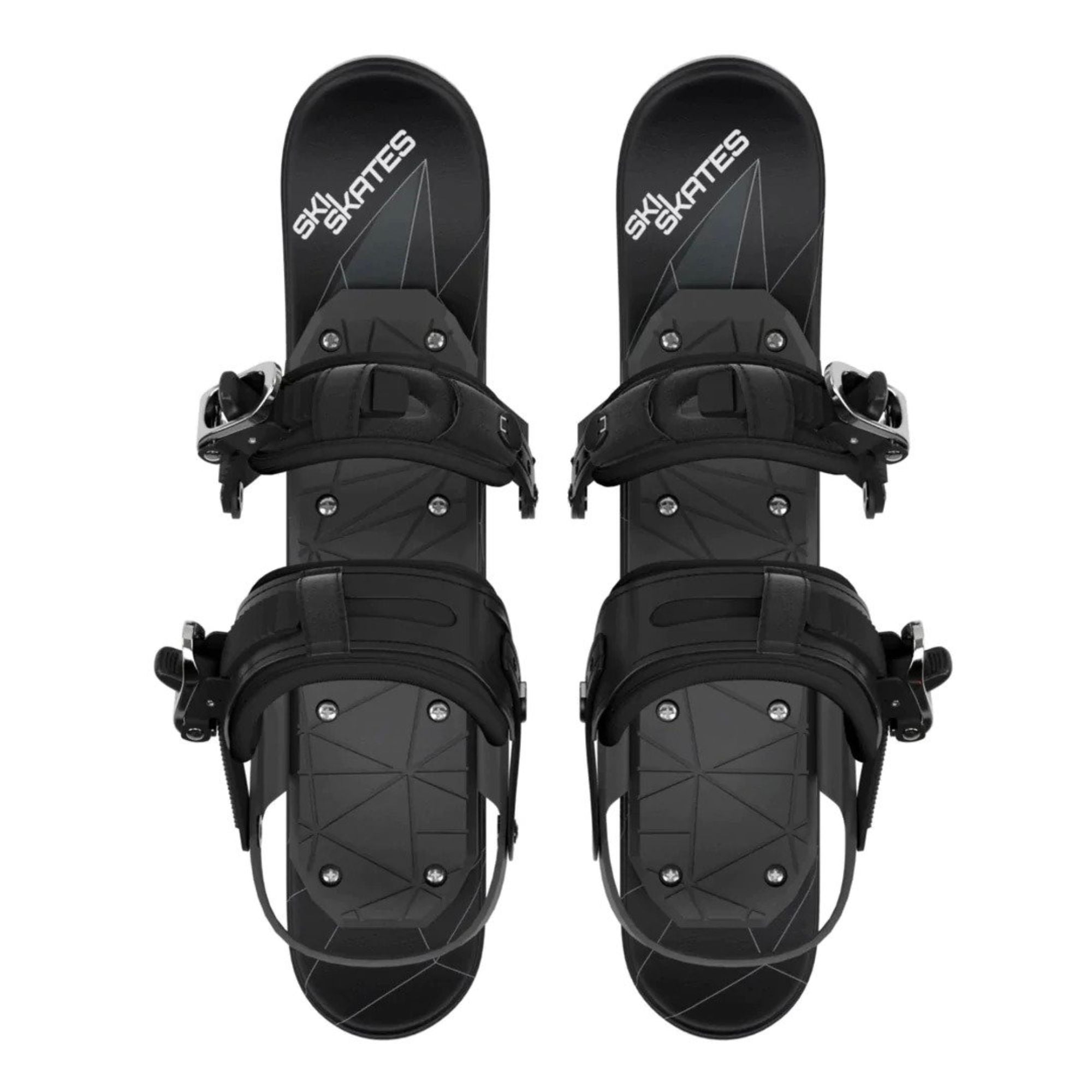
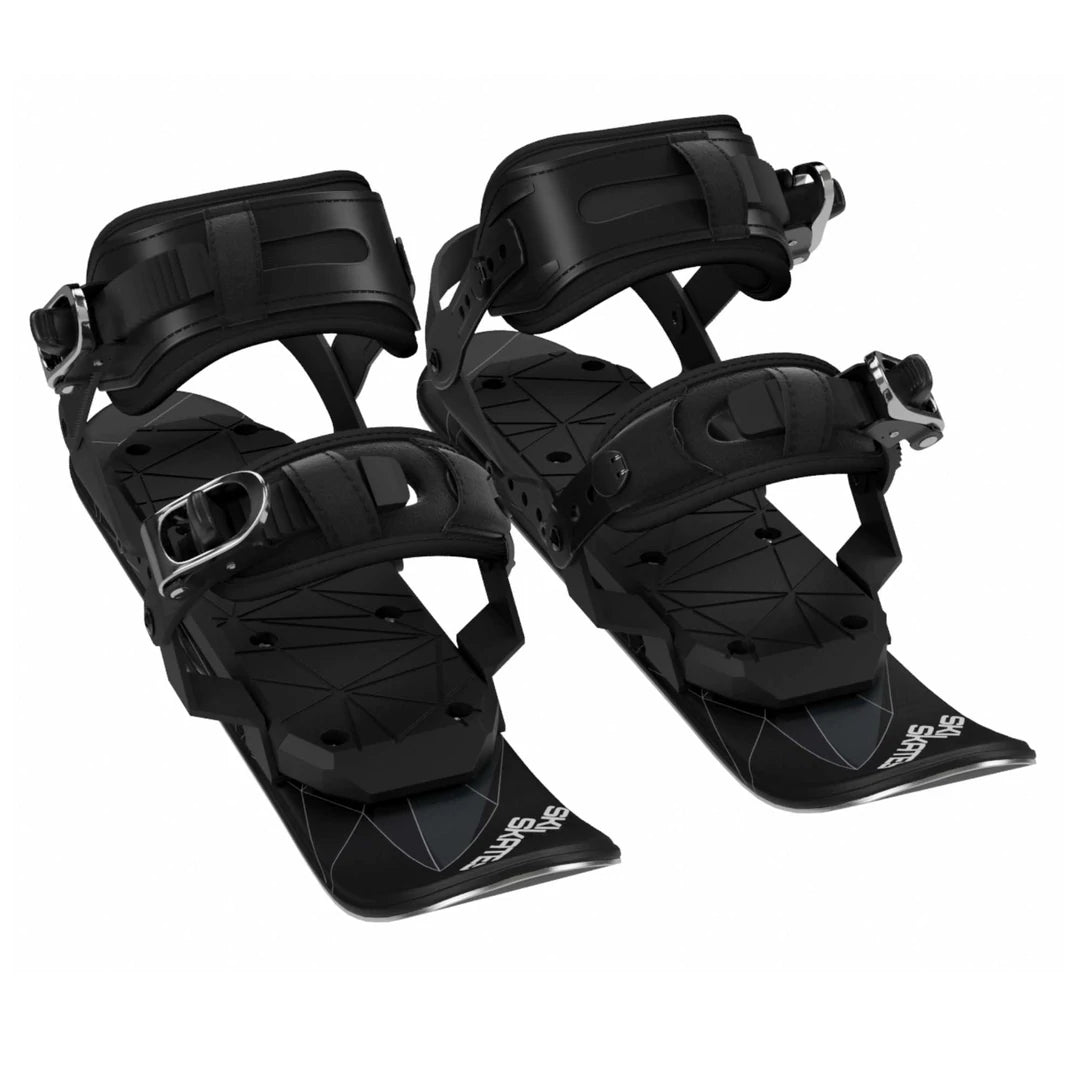
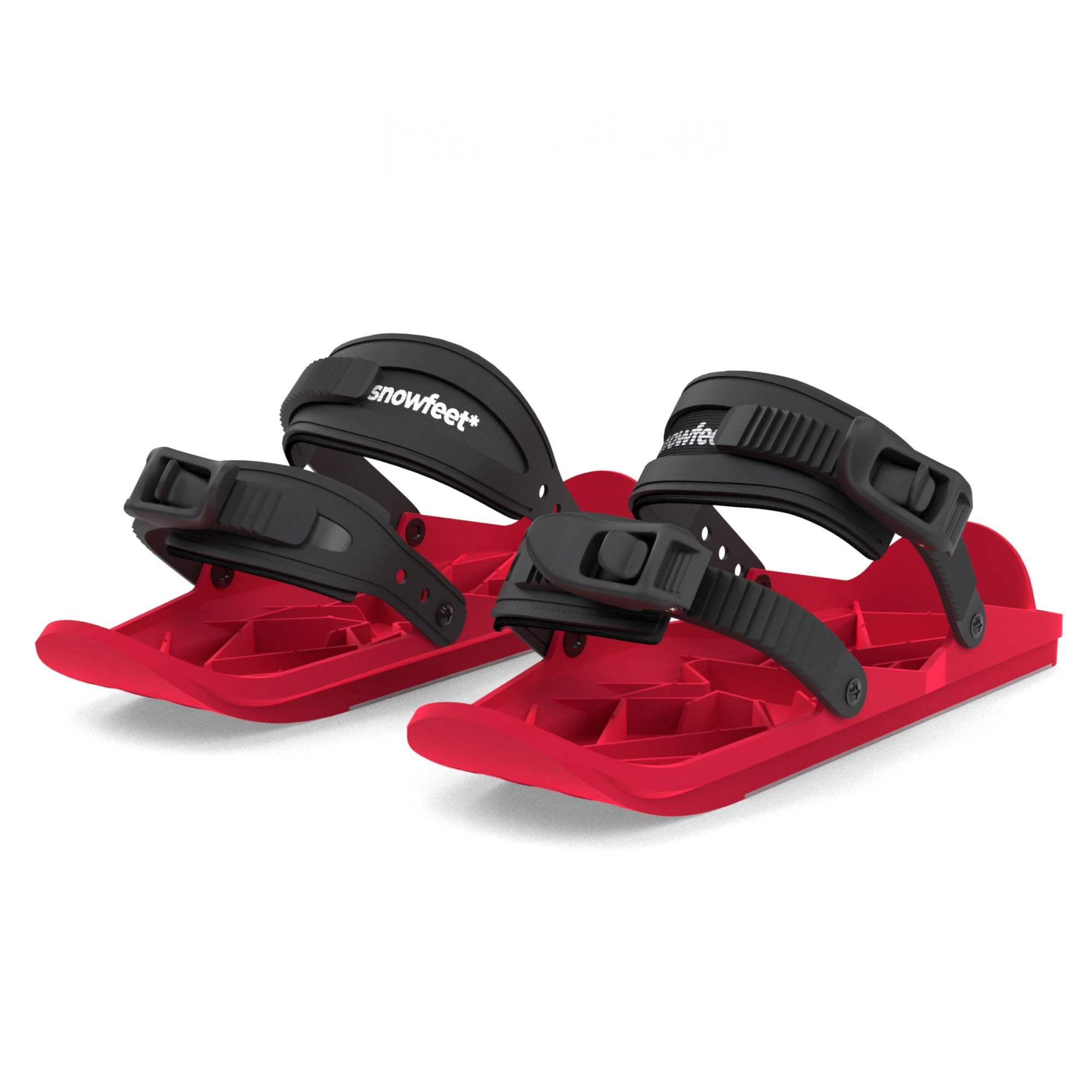
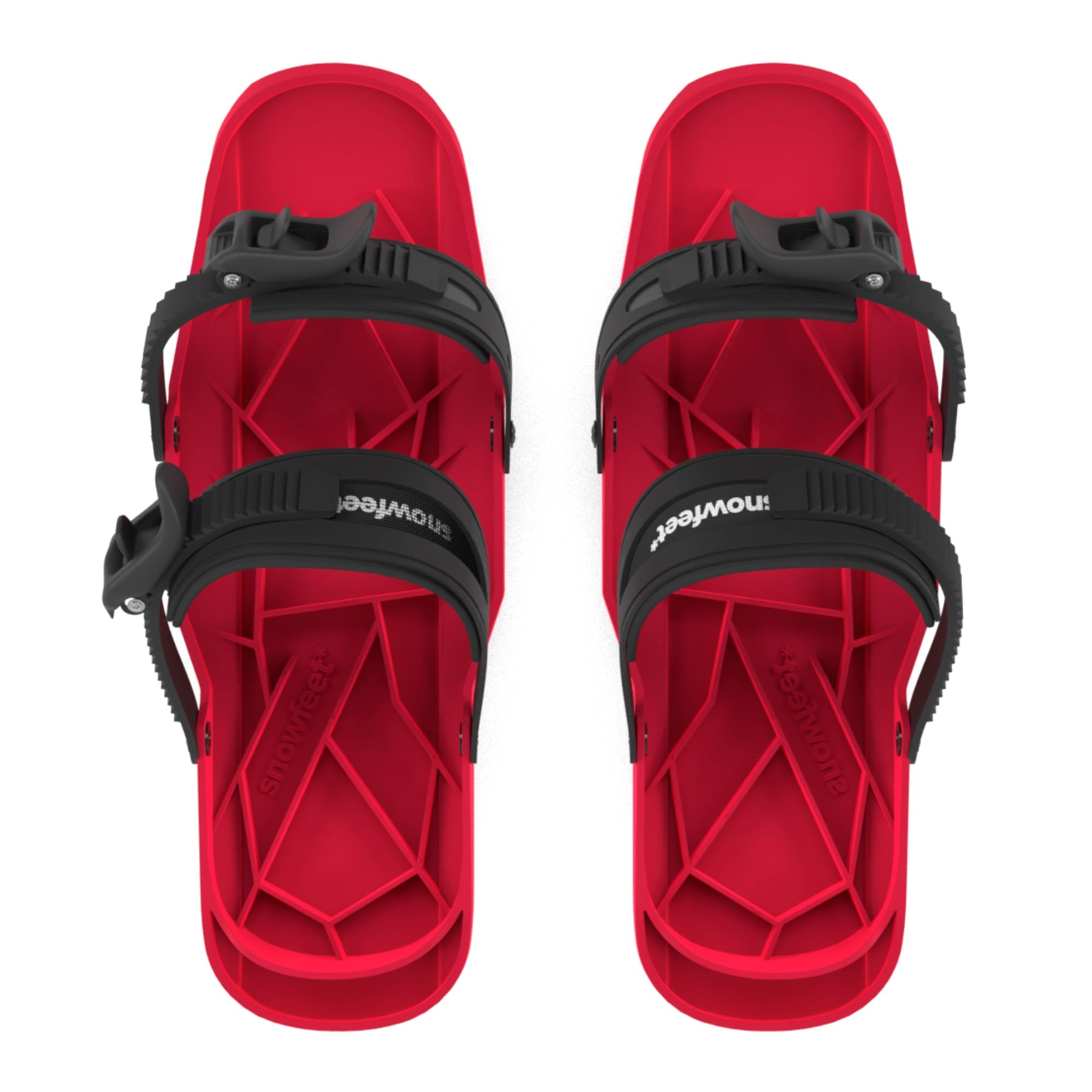




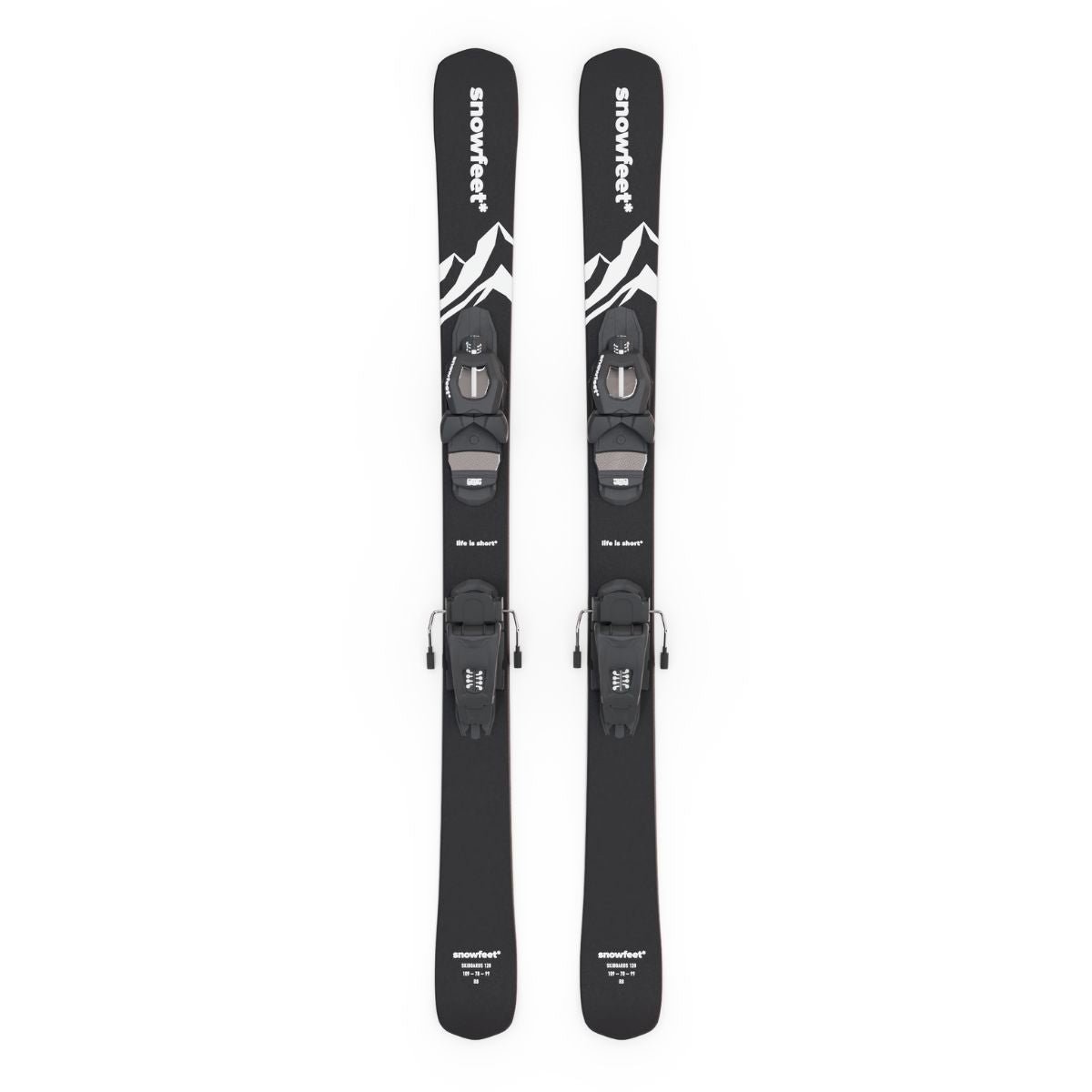
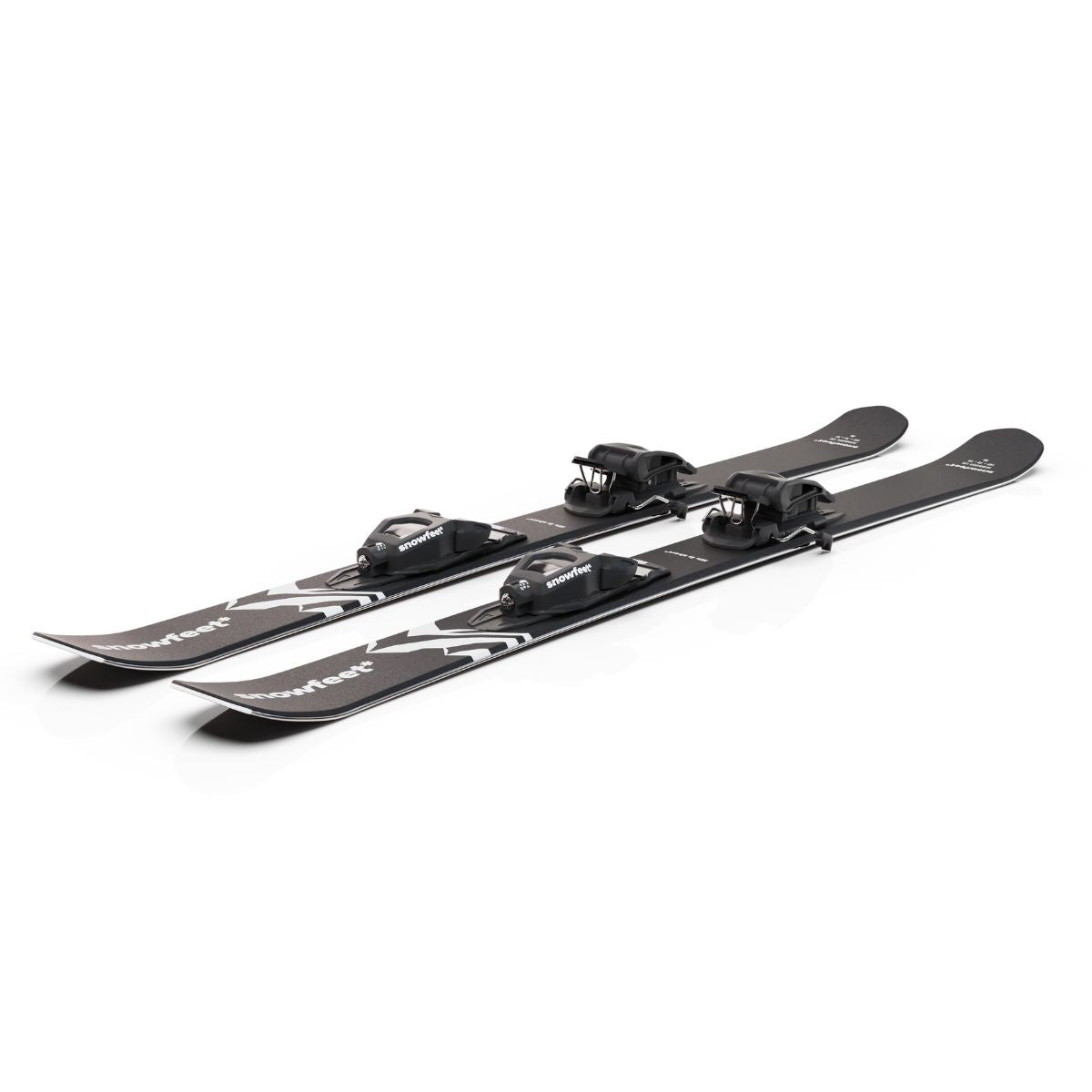
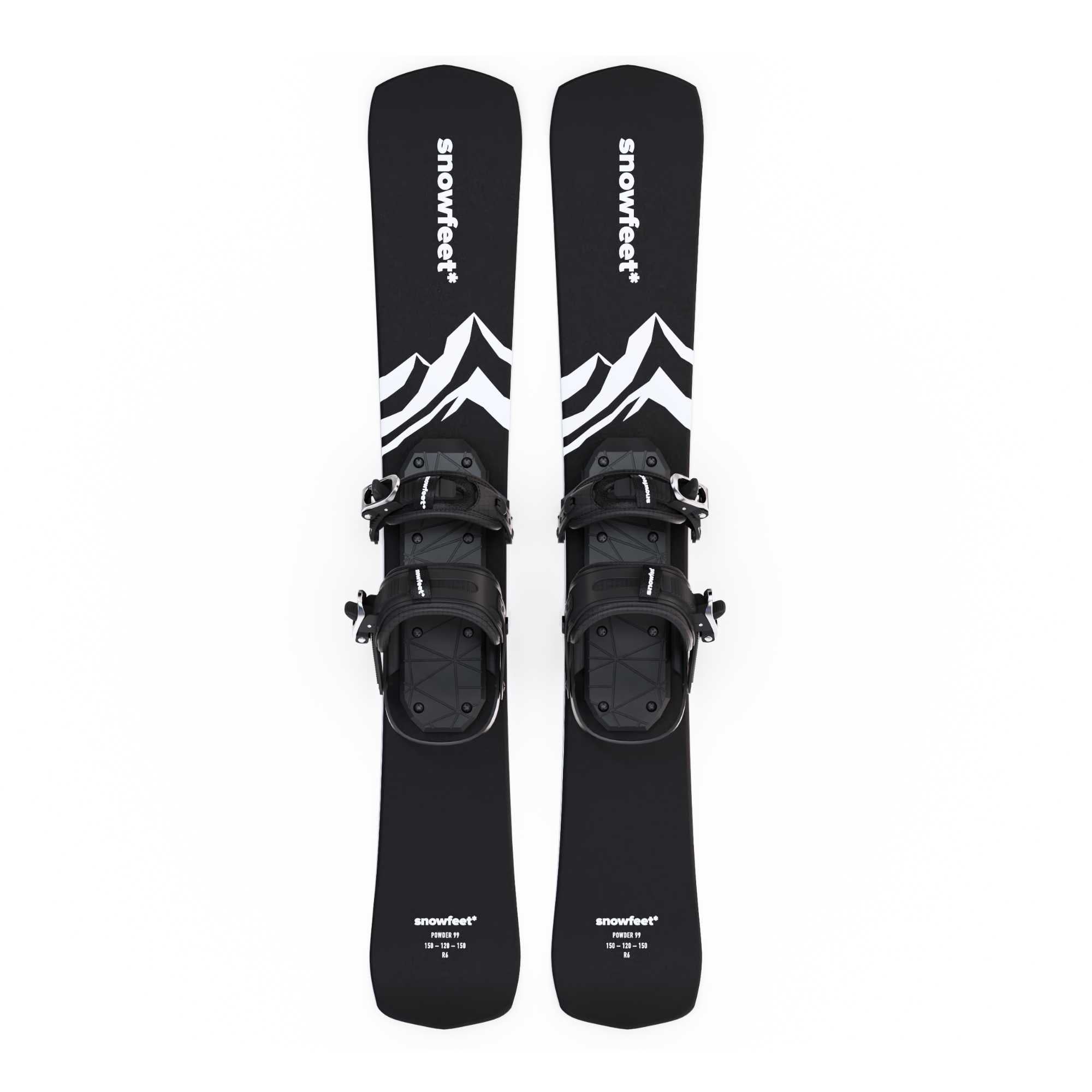
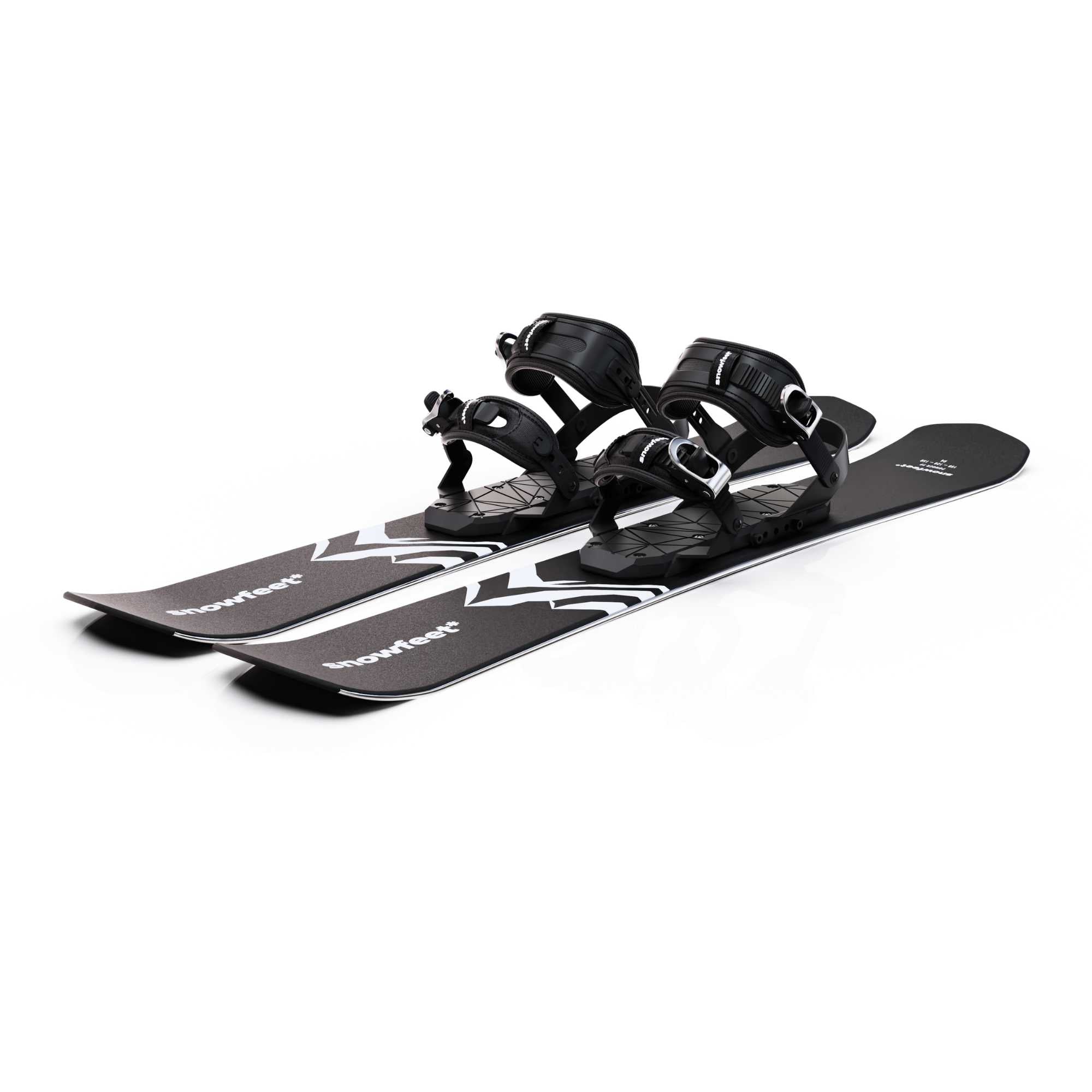
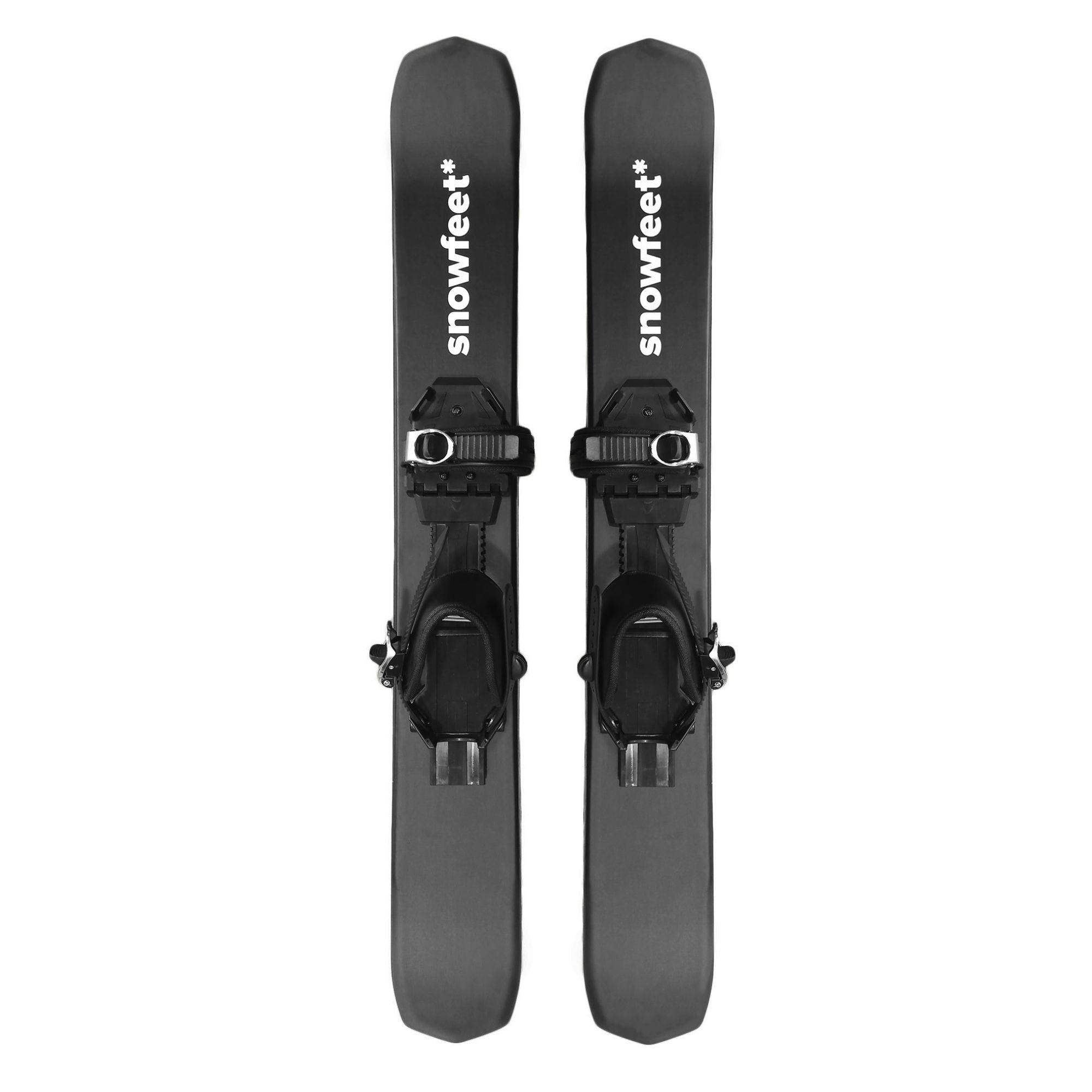
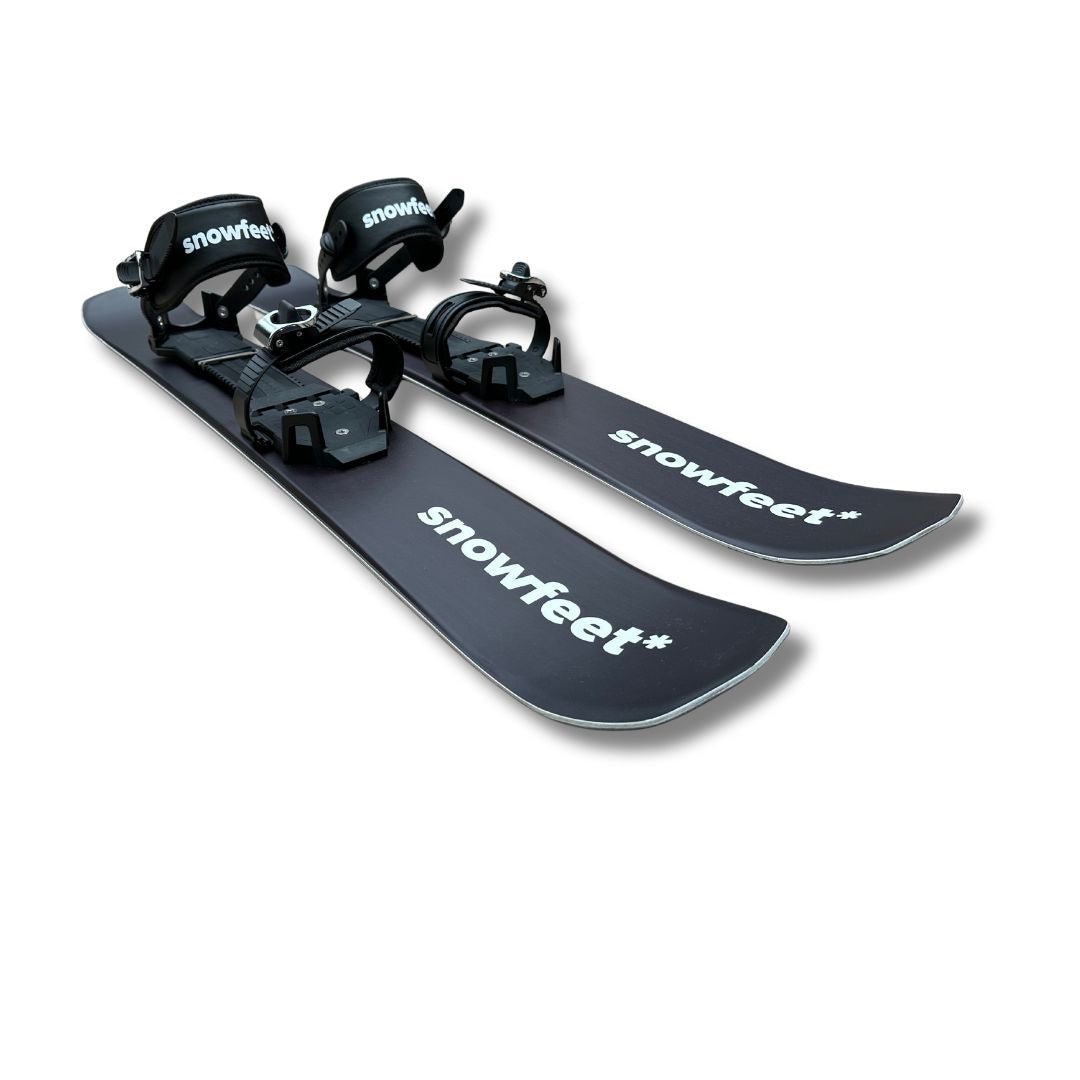
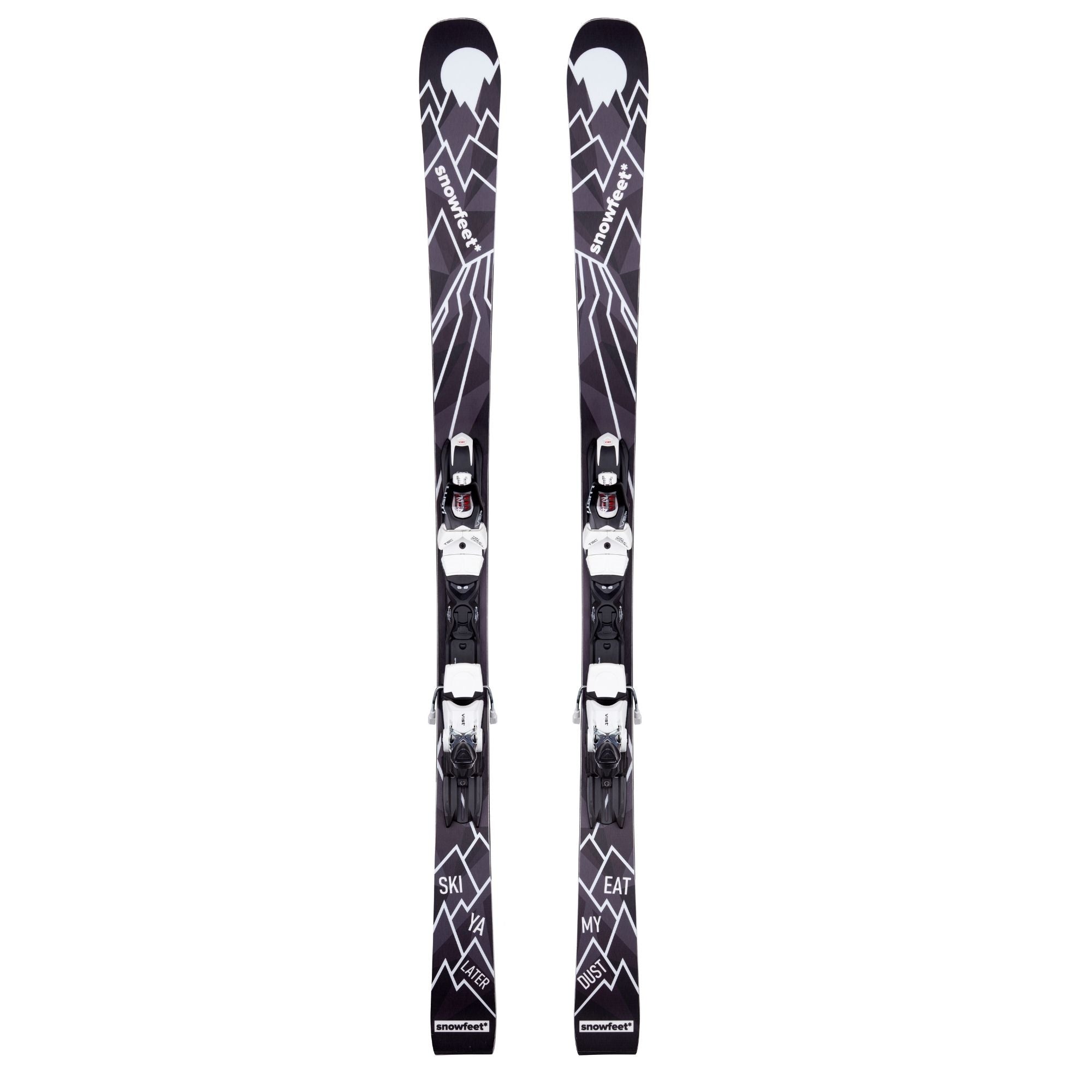
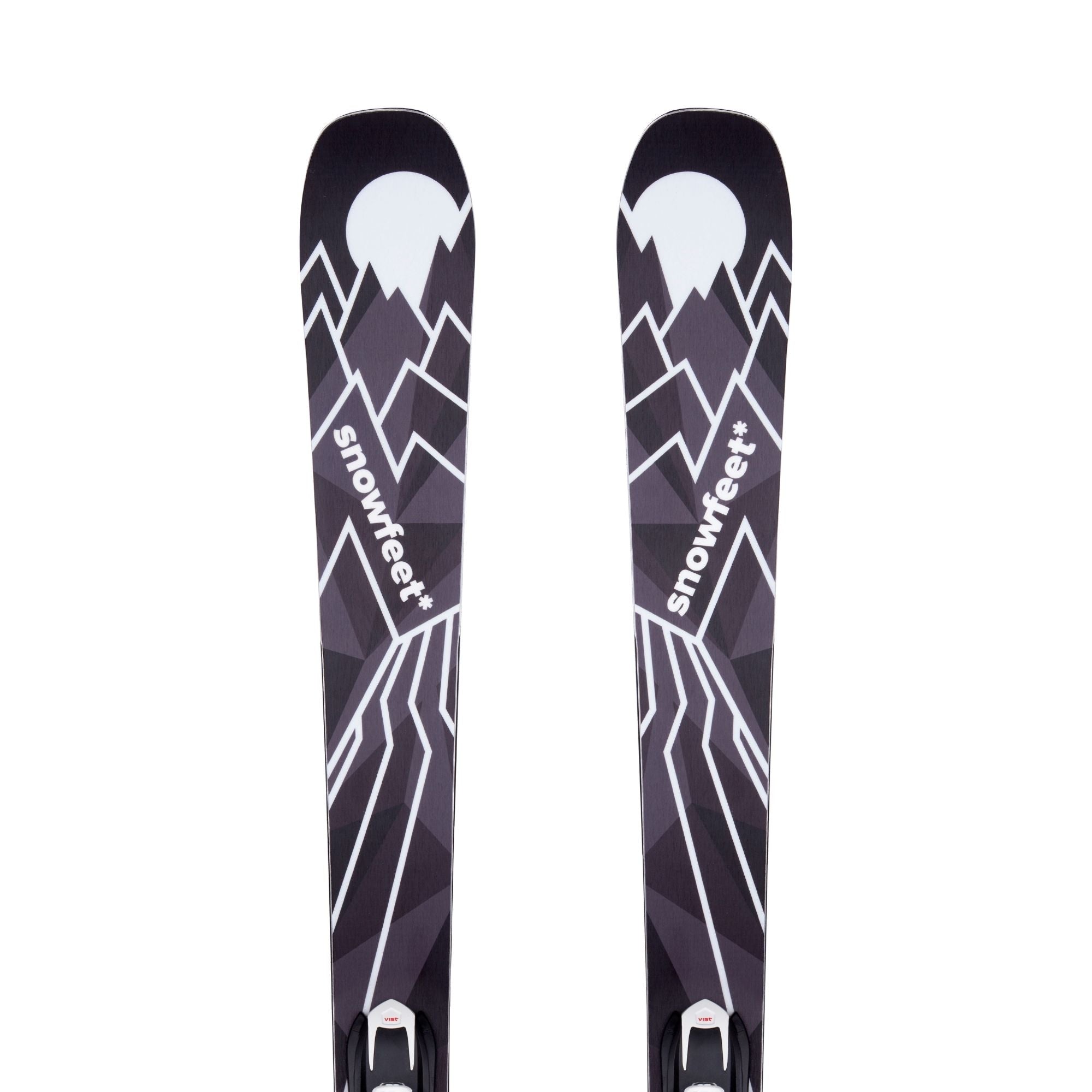
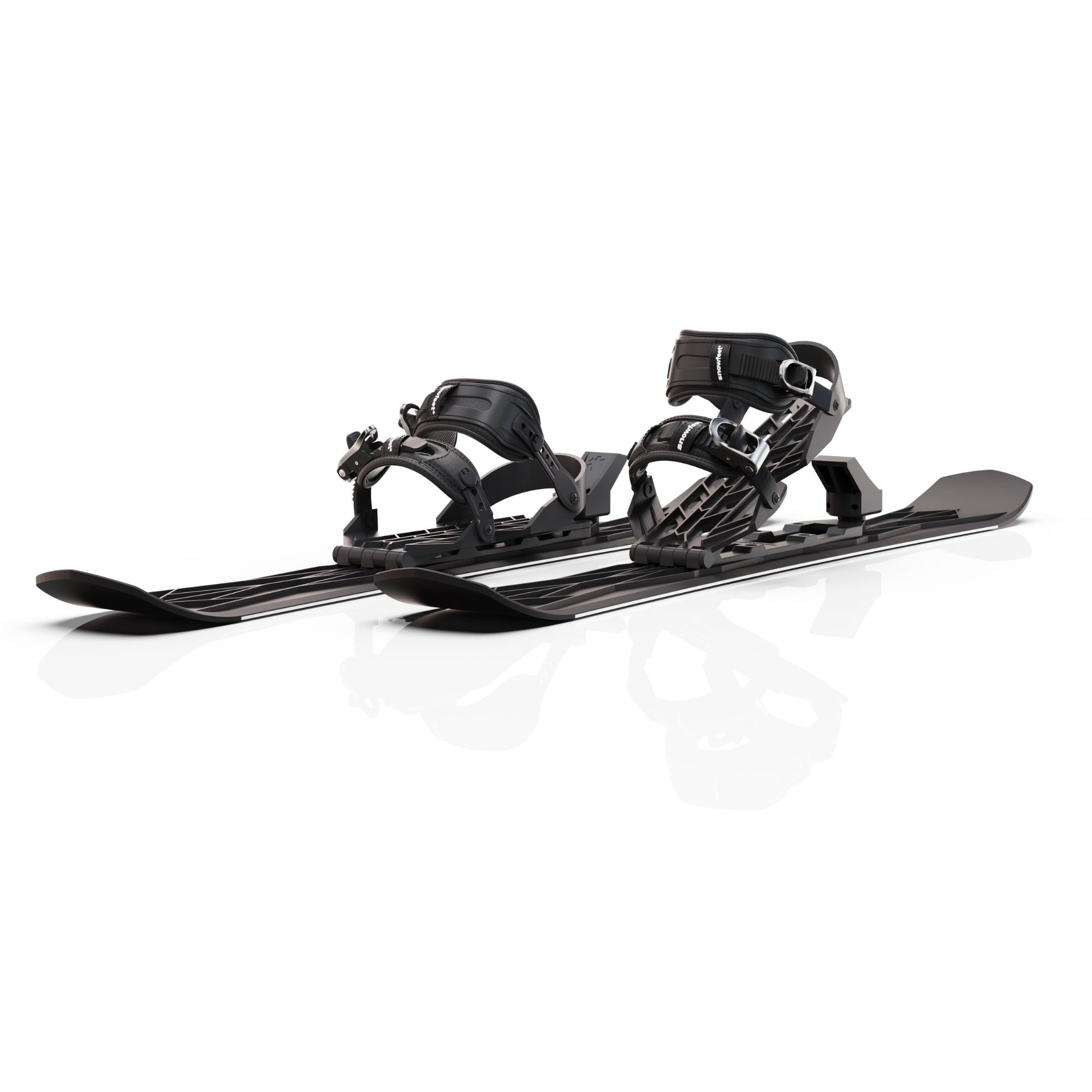

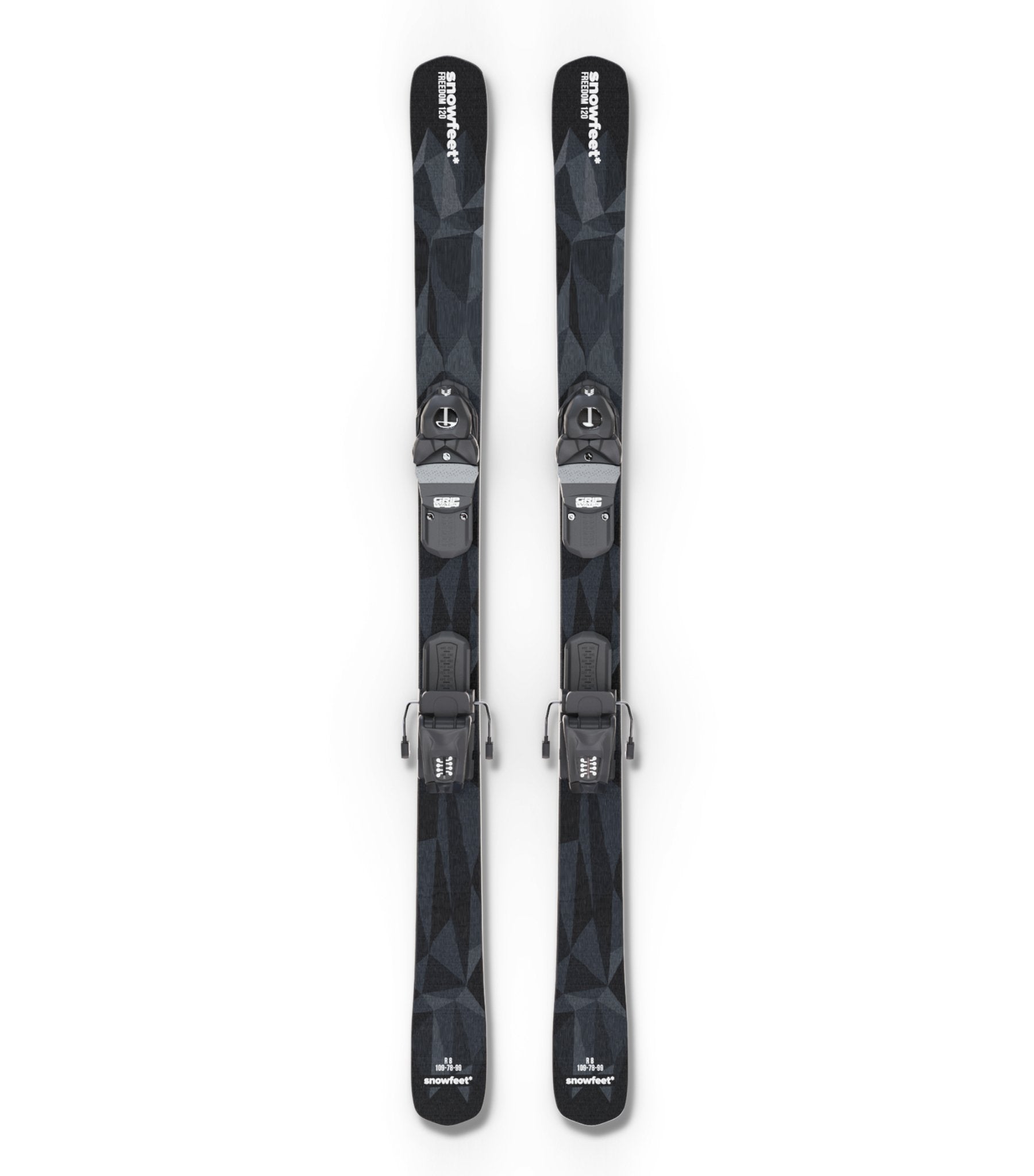
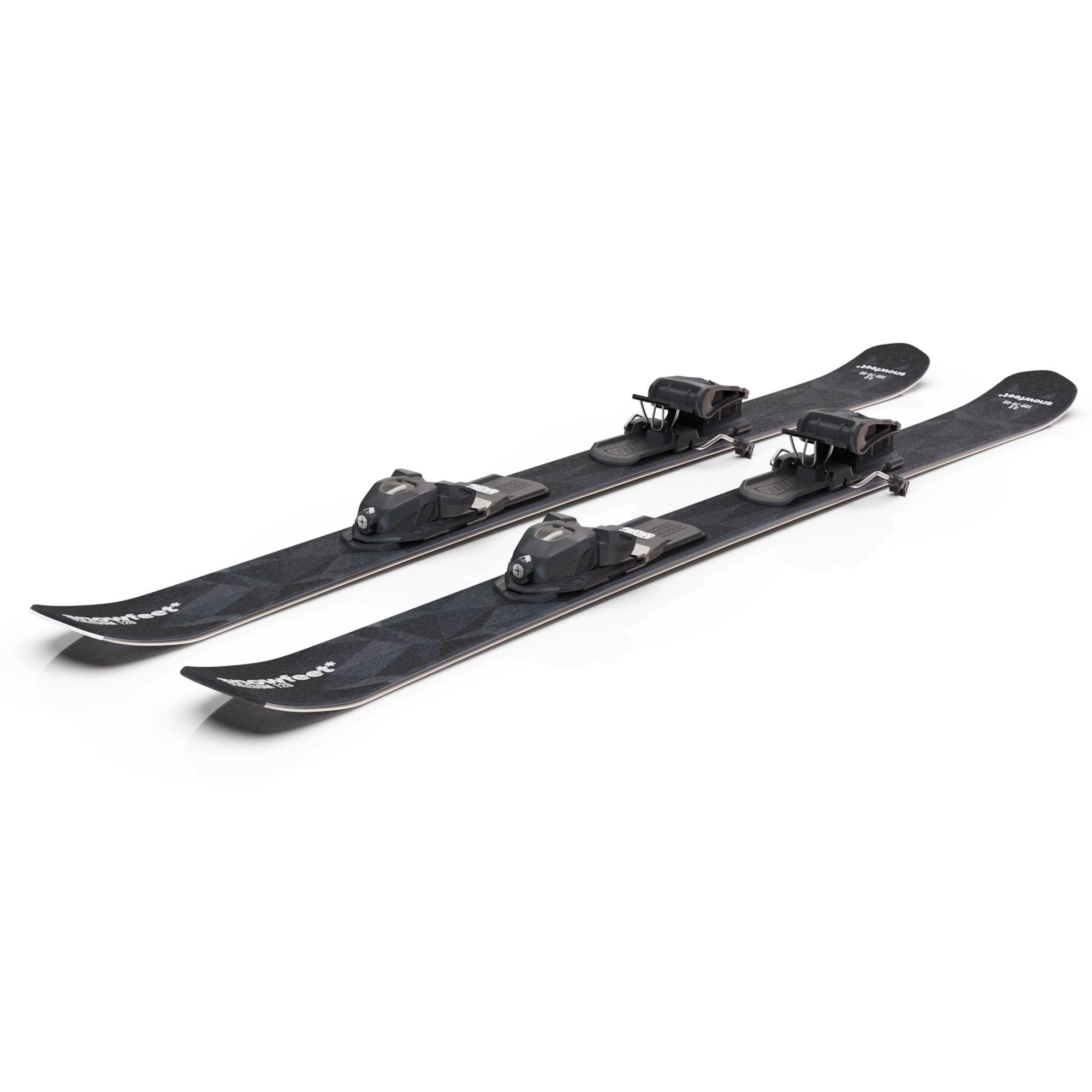
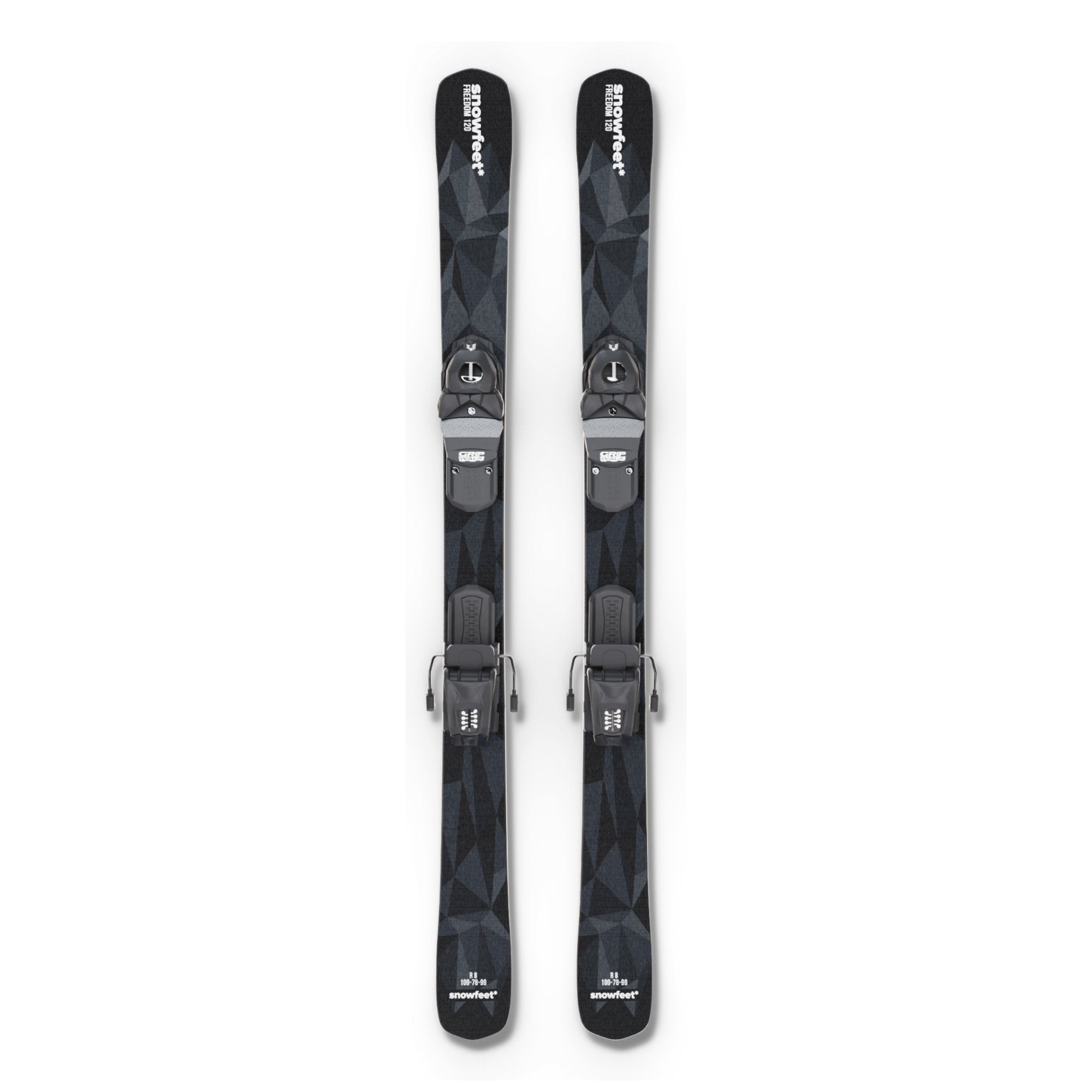
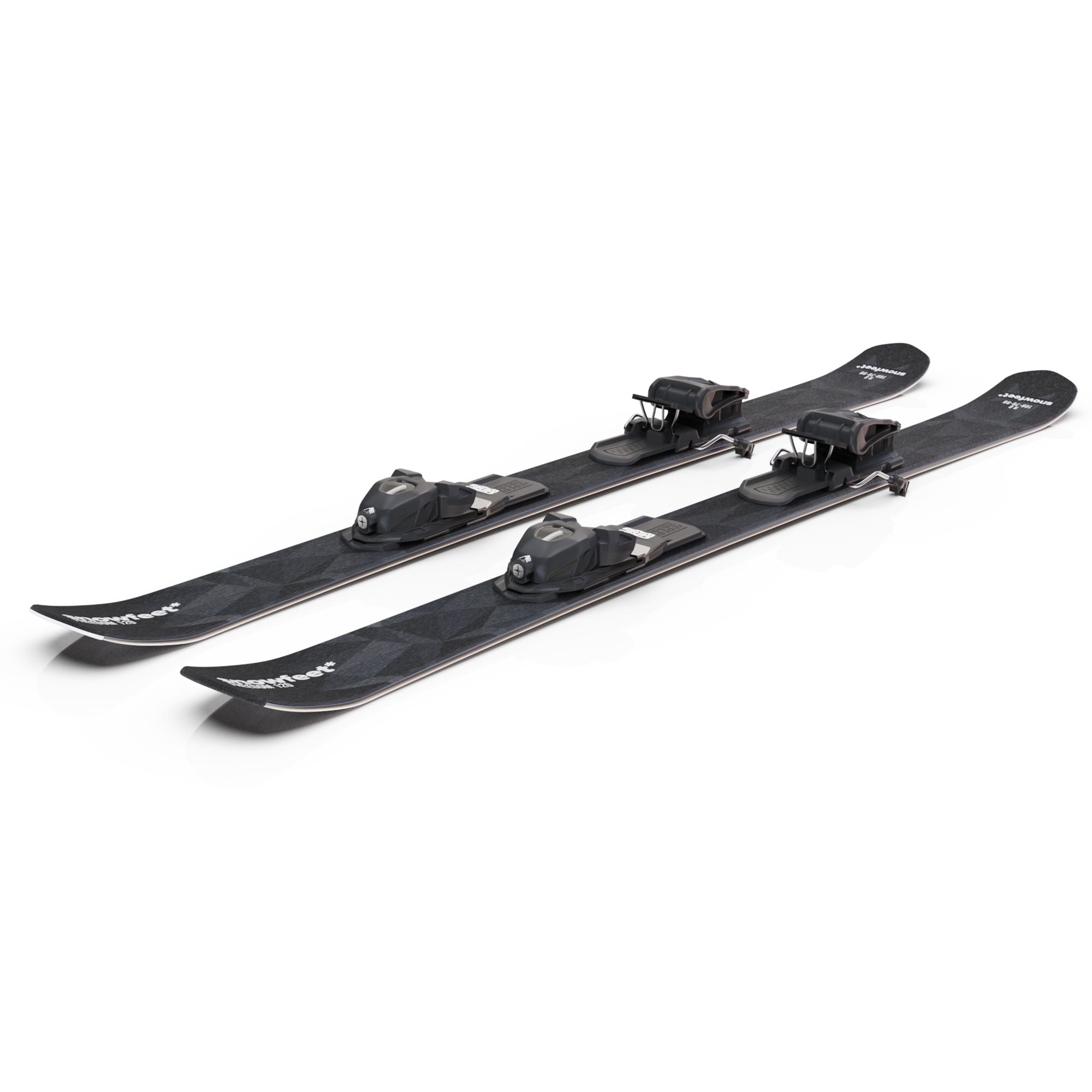
Hinterlasse einen Kommentar
Diese Website ist durch hCaptcha geschützt und es gelten die allgemeinen Geschäftsbedingungen und Datenschutzbestimmungen von hCaptcha.